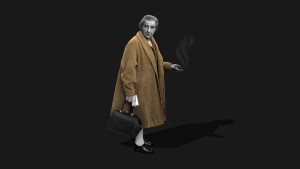By Thomas Peace
Historians are out of touch. So we are told.
This summer, in response to declining enrollments in university history courses, The Economist ran a piece critiquing Britain’s university-based historians as hibernating while the world changes. “Historians need to escape from their intellectual caves,” the Bagehot columnist announced. They need to “start paying more attention to big subjects such as the history of politics, power, and nation-states.”
Last week, TVO’s The Agenda picked up on the piece, asking the pointed question: why have university enrollments plummeted at a time when interest in history, and civic engagement with it, remains high?
Though the panelists on The Agenda mostly avoided critiques of the profession, others – like Bagehot – have framed the problem around the behaviour of professional historians and, specifically, our retreat from subjects that matter to society.
Remarks like these suggest that history – as a profession – has a reputation problem. When placed beside the sharp decline in undergraduate student enrollments, we must consider – given that interest in the past does not seem to have declined – perhaps, it is the public value of academic history, and – more specifically – the history professor, that has eroded. Continue reading







 In March, 1969, a then 70-year old Golda Meir came out of retirement to serve as Israeli Prime Minister following the sudden death of Levi Eshkol. The country’s first female Prime Minister, Meir was dubbed the ‘Iron Lady’ of the Middle East. During her five years in office, Israel experienced several events that continue to influence public opinion and policy, including the
In March, 1969, a then 70-year old Golda Meir came out of retirement to serve as Israeli Prime Minister following the sudden death of Levi Eshkol. The country’s first female Prime Minister, Meir was dubbed the ‘Iron Lady’ of the Middle East. During her five years in office, Israel experienced several events that continue to influence public opinion and policy, including the 